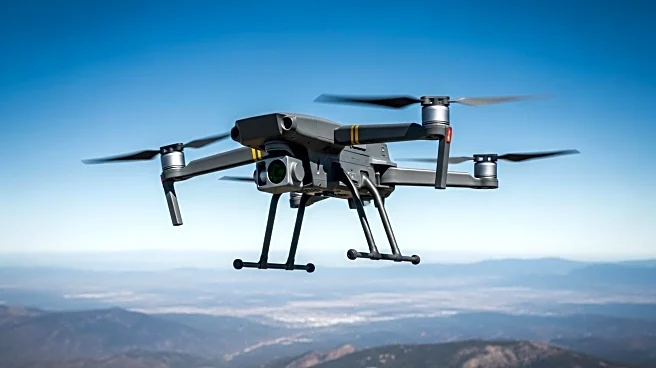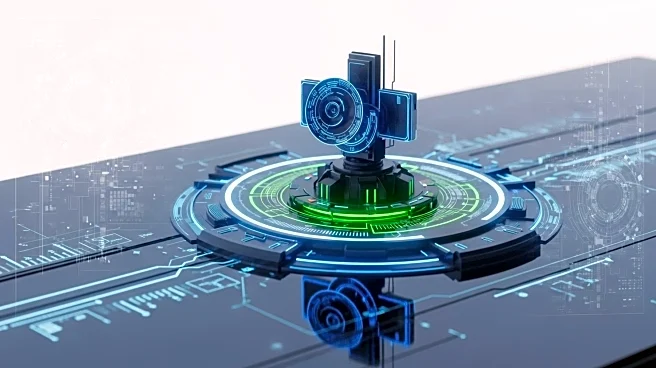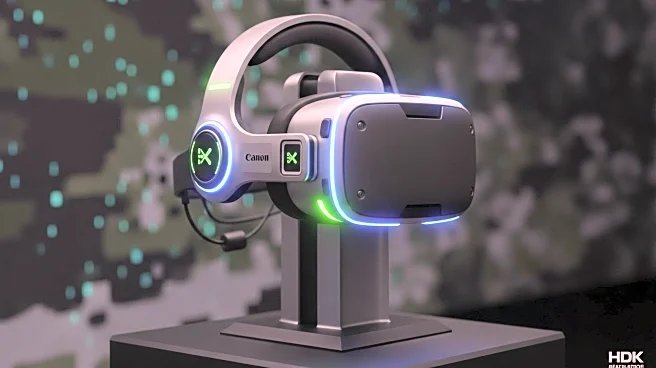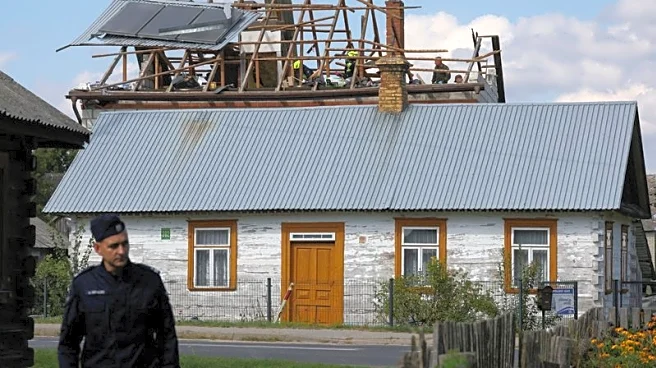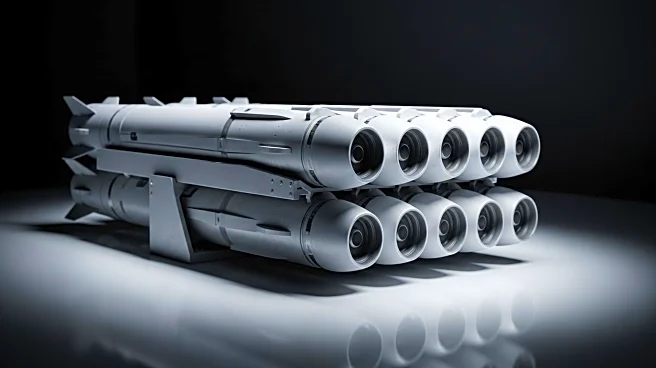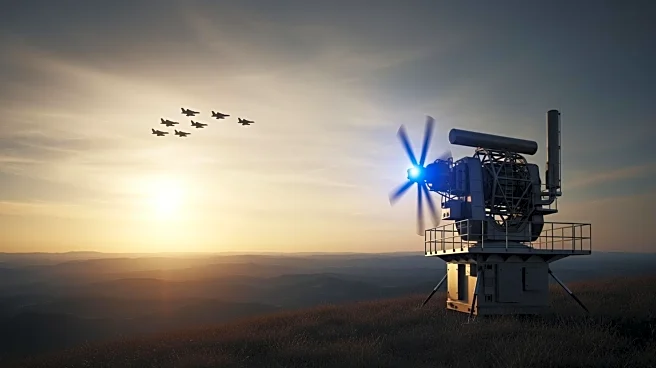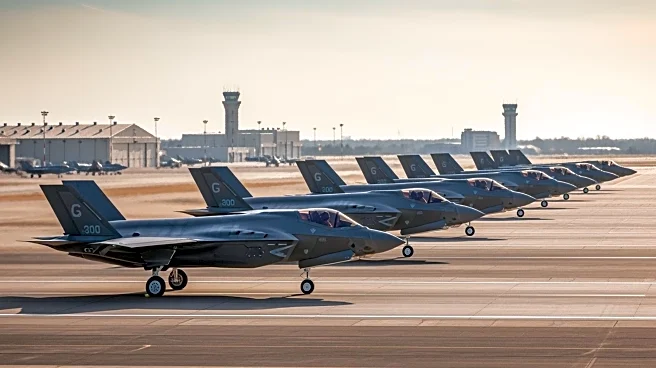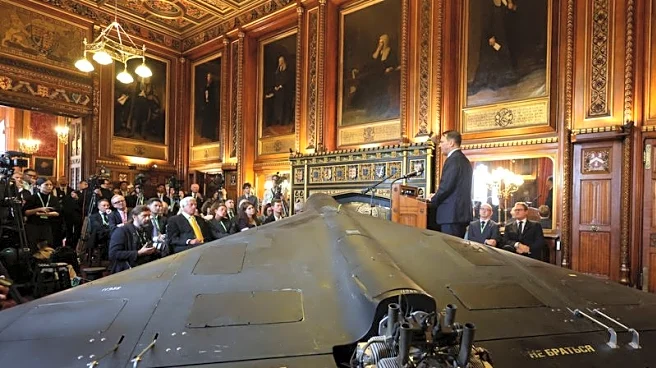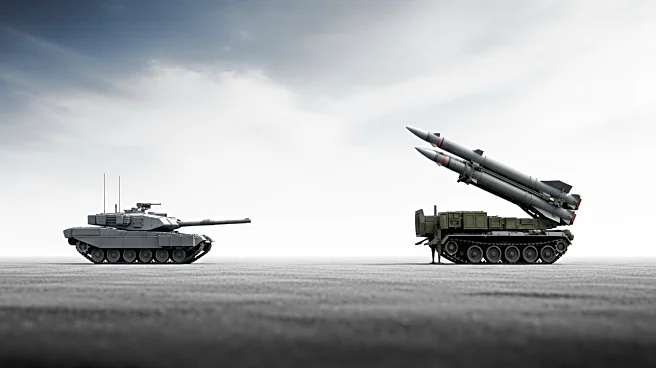What's Happening?
DroneShield has announced the deployment of its new command-and-control software, DroneSentry-C2 Enterprise (C2E), to an unnamed country on NATO's eastern flank in Europe. Scheduled for early 2026, this system is designed to manage large-scale and distributed
counter-unmanned aircraft system (C-UAS) operations. The C2E system connects various sites such as military installations, airports, energy infrastructure, and data centers into a cohesive network. This integration allows users to centralize UAS alert management, monitor operational readiness, and conduct remote verification through video feed analysis. The software provides users with the ability to switch between global oversight and detailed control, enhancing security across critical infrastructure. DroneShield CEO Oleg Vornik highlighted a shift in focus among C-UAS users towards embedded software solutions at various levels, emphasizing multisite threat awareness.
Why It's Important?
The deployment of DroneSentry-C2 Enterprise on NATO's eastern flank signifies a strategic enhancement in the region's defense capabilities against unmanned aircraft threats. This development is crucial for maintaining security across critical infrastructure, which is increasingly vulnerable to drone-related threats. By integrating multiple sites into a single network, the system improves situational awareness and decision-making speed, which are vital for effective threat response. The focus on software solutions reflects a broader trend in defense technology, where digital integration is becoming essential for operational efficiency and security. This move could bolster NATO's overall defense posture, providing a technological edge in countering emerging threats.
What's Next?
The deployment of DroneSentry-C2 Enterprise is expected to lead to further advancements in C-UAS technology and strategy within NATO. As the system becomes operational, it may prompt other NATO members to adopt similar technologies, enhancing collective defense capabilities. The integration of this system could also lead to increased collaboration between NATO countries in sharing intelligence and best practices for countering unmanned threats. Additionally, the focus on software solutions may drive innovation in the defense sector, encouraging the development of more sophisticated and integrated security systems.
Beyond the Headlines
The introduction of advanced C-UAS systems like DroneSentry-C2 Enterprise raises important ethical and legal considerations regarding surveillance and privacy. As these systems become more prevalent, there will be a need to balance security measures with individual rights and freedoms. Furthermore, the deployment of such technology could influence global defense policies, potentially leading to increased militarization and surveillance in other regions. The long-term implications of these developments may include shifts in international relations and defense strategies, as countries adapt to new technological realities.


